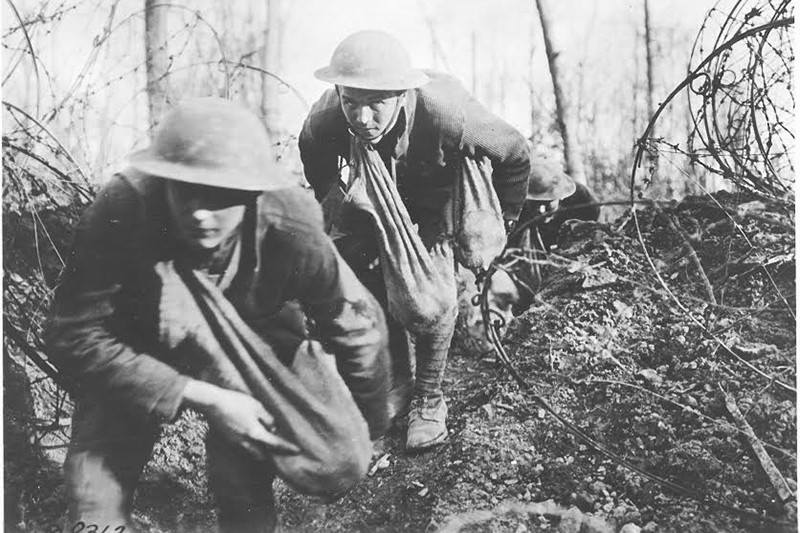The Great War Revisited
With an increase in the popularity and interest in World War I due to the new Sam Mendes film “1917,” I would like to discuss WWI and its related subjects. My experience with WWI veterans and my grandfather, Paul Jarrett, a hand-to-hand combat expert and instructor with the famous 42nd “Rainbow” Division, is something I would love to share with folks that are interested in this war.
I am a former community college professor of history, have produced an award-winning documentary on the Great War, and have interviewed over 100 veterans of the WWI. It would be my pleasure to have engaging dialogue via my blog, and I encourage you to join the discussion.
In addition, I have walked for miles in WWI trenches and No Man’s Land and have visited many cement bunkers during my four trips to the Western Front, most of which were untouched by tourists over the past 100 years. Also, I have found many relics of the Great War as well, including shrapnel, live artillery shells, live hand grenades, mess kits, bullets, barbed-wire, etc.





